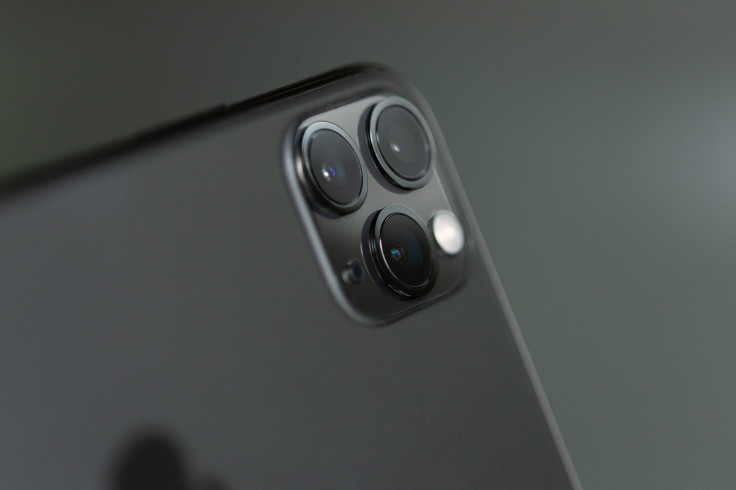Apple Releases Second iOS 14 Public Beta For Testers

KEY POINTS
- The second iOS 14 public beta is out, arriving two weeks after Apple made the first iOS 14 public beta available
- Those who want to try it should sign up for Apple's Beta Software Program
- Those who tried it but don't like it can revert to iOS 13
Apple has just released the second iOS 14 public beta and has made it available for all registered public beta testers to install on their iPhones.
The second iOS 14 public beta arrives two weeks after Apple dropped the first iOS 14 public beta. It also comes right after the company made the third iOS 14 developer beta available, MacRumors noted.
Those who wish to install the second iOS 14 public beta will need to sign up to become a public beta tester via the Apple Beta Software Program website. Interested parties will need to use their Apple ID in order to sign up. Once done, users will be able to get the public beta and see how different iOS 14 is from iOS 13.
Here's a quick tutorial on how to install the iOS 14 public beta.
Those who have already signed up for the program and have already tested the first public beta need not sign up for the newly released beta version. They will simply need to install the proper certificate from the abovementioned website in order to receive the beta update over the air.
Those who want to try out the public beta are advised not to do it on their primary device as it might still have issues and bugs that could affect performance.

What to expect
Apple brings a slew of changes to the iPhone experience via iOS 14. While iOS 14 isn't finished yet, beta testers will note that some of the features are already there. These features might not represent the finished version at the moment, but they will give users a glimpse of how the features work and what they can be used for.
One of the more interesting features iOS 14 introduces is support for Home Screen widgets. Users will be able to stack widgets on top of each other to organize them or place them beside apps for easy access. Users will also be able to choose from three different widget sizes so they can customize their Home Screen as much as they want.
Not satisfied?
Those who tried iOS 14 and are not comfortable with it yet, or are experiencing problems because they tried it on their primary phone, can still revert back to iOS 13 as this is the more stable version. Here's a link to a quick tutorial on how to revert back from iOS 14.
© Copyright IBTimes 2025. All rights reserved.



















